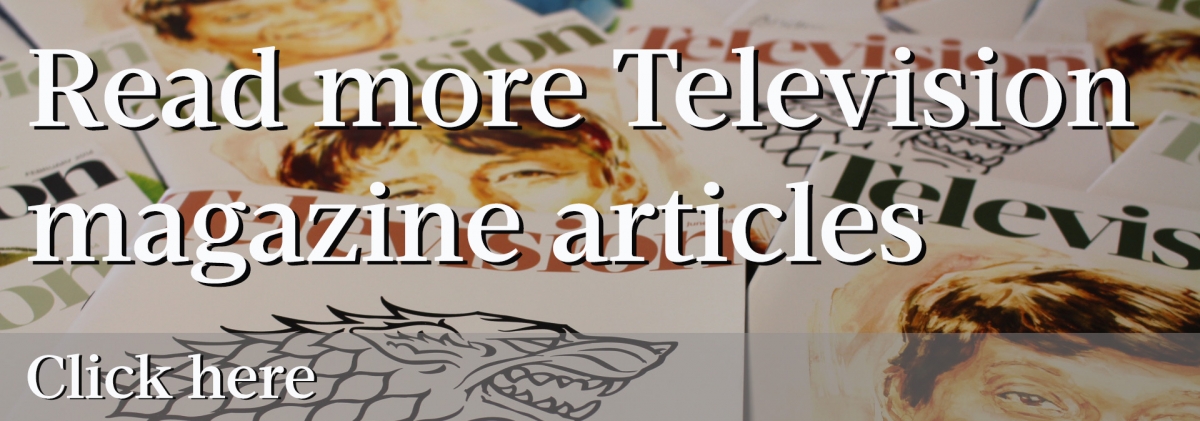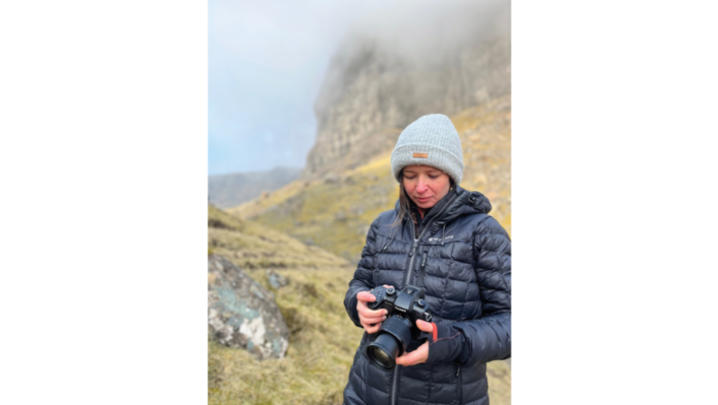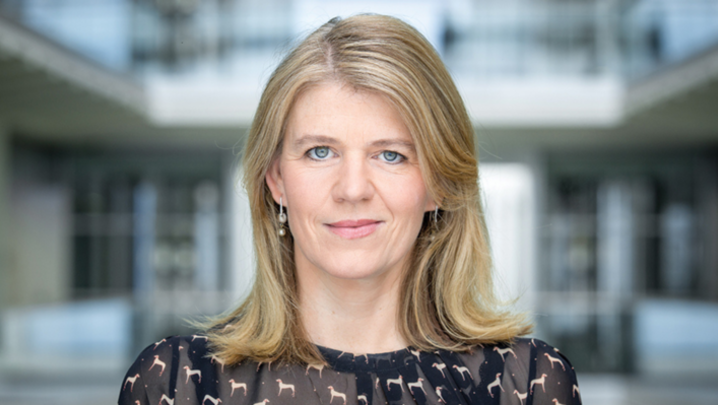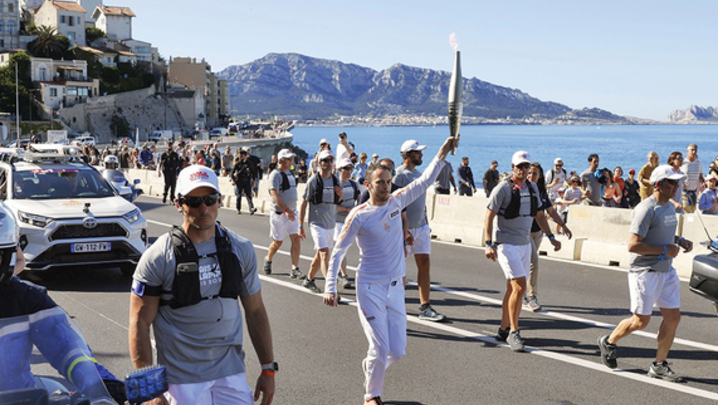Steve Clarke discovers which media played the most powerful role in the Scottish referendum campaign – and some lessons for the general election
A funny thing happened on the way to the Scottish referendum. As usual, people were out drinking and enjoying themselves in late-night watering holes across the country. But there was one big difference in their nocturnal habits – as they drank into the early hours, the conversation of choice was the independence vote.
“They weren’t fighting each other. They were actually having an intelligent conversation about politics – although it wasn’t always lucid.”
The speaker was Ross Colquhoun, Director of National Collective, a group of artists set up in 2011 to campaign for Scottish independence.
He was one of a three-strong panel dissecting the role that social media played in the referendum campaign, chaired by Newsnight’s Chief Correspondent, Laura Kuenssberg.
Did the likes of Twitter and Facebook boost the yes campaign and help turn the closing fortnight into such a tight race?
Was it the TV debates between Alistair Darling and Alex Salmond that galvanised those who wanted Scotland to remain part of the union?
Politicians and spinners from all parties are already analysing the course of the hard-fought campaign. As well as the big messages, they are examining the parts played by social media and more traditional methods of mass persuasion.
 Crucially, they are looking at how next year’s general election could be contested.
Crucially, they are looking at how next year’s general election could be contested.
Colquhoun drew attention to the yes campaign’s readiness to embrace social media to spread its message. He said: “From the beginning, yes campaign activists put faith in normal people disseminating information. People are more likely to listen to somebody they know.”
National Collective began as a group of friends. “It was three people in a bedroom,” recalled Colquhoun. “As a group, our ideals were quite simple.
“We wanted to connect with artists in our country because artists are used to taking calculated risks. They are used to imagining what could potentially be better. They also understand how to disseminate quite complex information and make it understandable to the masses.”
When National Collective’s website was launched, no Scottish newspaper backed the yes campaign. “In fact, the majority of broadsheets were quite hostile to independence,” said Colquhoun. He realised there was a need for an alternative voice: “The views and hits we got on our website indicated that… We brought more and more local people to the fore and set up sessions across the country.
“[We also created] a live space where artists could engage in the debate, make jokes, make music videos, meet people and, most importantly, have a conversation.”
He added: “I tend to think we attracted quite a lot of undecided people. These events have made it fun. They override people’s resistance to politicians in suits. These are the people the media tends to focus on, but they are not always the best messenger.”
Kuenssberg asked how much digital and social had steered the debate in the campaign.

“People are always looking for the one tweet, but it’s never that simple: it’s a collection of lots of little things that build up to a larger thing,” observed Gregor Poynton, Associate Director, (International) Digital, at Portland Communications, who advised Better Together.
“In politics, digital does three things for you – message, money and mobilisation,” added Poynton, who also worked for the firm that led Barack Obama’s digital strategy and was Election Strategy Manager for the Labour Party in the run-up to the 2010 general election.
He explained that mobilisation involved getting people to “switch off their laptops and go out and work for you”, while money entailed getting thousands of people to make small campaign donations.
John Curtice, Professor of Politics at the University of Strathclyde and the ubiquitous pollsters’ pollster, agreed: “Think of digital as a way of being able to mobilise the traditional.
“It’s the ability to raise money, to create an organisation, reduce the cost of doing things; but if you really want to follow the referendum campaign in Scotland at grass-roots level, sit in a pub, a café or, if you can afford it, a restaurant and hear the conversations going on.”
Grass-roots engagement played a big role in generating the huge 84.5% turnout for the referendum vote.
“Two-thirds of people in Scotland say they have had a conversation in recent weeks with somebody else about the referendum,” said Curtice. “In that sense, traditional face-to-face contact is still the dominant mode. Behind it is the fact that you can begin to organise locally.
“The other thing to say is that it is also true that there is a very important asymmetry of activism. The yes side clearly was more active – whether it is knocking on doors or social media– and penetrating more than the no side.”
However, added Curtice, polls suggested that even on the yes side only 14% of those questioned said campaigners had knocked on their doors.
“In politics, digital does three things for you – message, money and mobilisation” Poynton
He highlighted what he described as “two different streams of media narrative”.
“What was happening in Scotland came as a bit of a shock in London” because the national media presented the vote “as something that wasn’t really happening: ‘Nobody in Scotland’s interested’. It couldn’t be further from the truth.”
What impact did the TV debates have on social media, asked the Newsnight presenter? Around 1 million people had watched the debates in Scotland. Did that change what you were doing and what you were talking about?
“Social adds extra texture… There wasn’t a knock-out blow in either of the debates,” replied Poynton.
“There were around 75,000 tweets during the second debate, which showed it was not just the political classes talking on Twitter. There was a broader political discussion happening on Twitter.”
Kuenssberg’s $64,000 question was: is the role and influence of television diminishing?
“Clearly, as a viewer, you are getting a whole range of information from a different range of places… people who use social media still look for trusted brands,” suggested Poynton. “You still look for people you can trust.
“But what it does allow is National Collective, or some other organisation with a range of voices, to come to the fore as well and give their perspective on the debate.”

Curtice added: “The reason why 1 million people watched the TV debates is not because people couldn’t find anything better to do… The reason why people are watching the telly is because they are already interested.”
Turning to Colquhoun, Kuenssberg enquired about the implications for his generation in terms of their engagement with politics beyond the results of the referendum. Would people want to start watching political programmes in greater numbers?
He answered: “I think, regardless of the results… it doesn’t mean that after the referendum the momentum will continue.
“If there is a yes, it will be much easier for that momentum to continue. The key is to find another catalyst, a cause, a political idea that then enables them to feel motivated and to engage with politics.
“Whereas, if it’s a no vote, it’s much trickier as you’d get a mass of people quite disheartened by the political system.”
Curtice stressed that social media usage depends on motivation. He explained: “We know that the people who sat and watched the leaders’ debates for 90 minutes are disproportionately the politically interested. So, use of media depends on motivation.”
People had been motivated to follow the referendum online. Social media has not been very good at getting people involved in issues they don’t care about.
Would the lessons learnt from this campaign change the way next year’s general election played out and how the parties spent their money on promoting their cases?
Poynton said that parties were beginning to invest in social media in a way that was unheard of before, because of its ability to allow genuine engagement.
“A billboard is one thing, but sharing a graphic on Facebook and writing a message alongside it, that’s much more powerful: a mini-endorsement rather than just walking past a billboard.”
As a former strategist and campaigner, could he see the day when he or Ross would be sitting in an office and thinking, ‘What matters more, getting this space online and getting this app up and running or securing a brilliant interview on News at Ten or Newsnight?’ Will there be a day when online is more important than mainstream TV?
“Ultimately, you are looking for audience…,” he replied. “So potentially, I think yes. It starts with the message and where the audience is to land that message. If that’s a 30-second video on YouTube, as opposed to going on Newsnight – God forbid – then that’s what you’d have to do.
“Digital allows you to look at the numbers as opposed to, ‘We’ve always done it this way, therefore we must do it this way this time’.”
From the floor, RTS President Sir Peter Bazalgette asked about the effect of digital on swing voters. We had seen a big swing during the referendum campaign – was that because of the impact of digital media?
“I think potentially it exacerbates it… it can add fuel to the fire,” said Poynton. “Potentially, you can see the momentum that perhaps you would have seen in the papers, but now you can see it every minute of every day with people tweeting and talking about it.
“It can amplify that perhaps, but I am not sure it is necessarily the initial spark.”
Session Four, ‘Kingdom Not United’, was produced by Bobby Hain and chaired by Laura Kuenssberg, Chief Correspondent and presenter of Newsnight. The panellists were: Ross Colquhoun, Director, National Collective; John Curtice, Professor of Politics, University of Strathclyde; and Gregor Poynton, Associate Director (International), Digital, Portland Communications.







